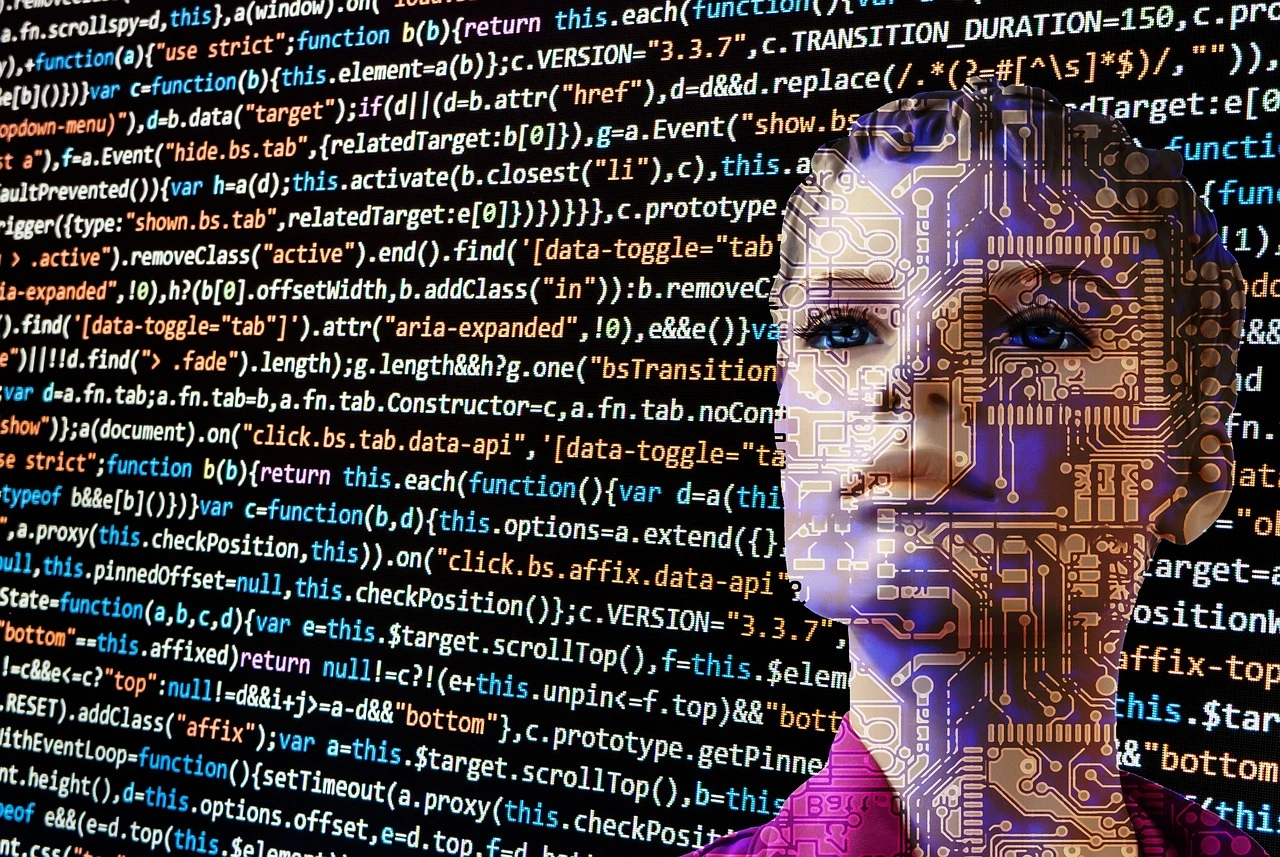Blog information
- Blog date: 2023-12-21 05:21:44
- Blog URL: www.codiasticsoft.com/Blogs
Generative AI:
Generative AI refers to a class of artificial intelligence techniques and models that are designed to generate new content. This content can include images, text, audio, and more. The primary goal of generative models is to learn and mimic the patterns present in the training data to produce novel, realistic outputs. Popular techniques within Generative AI include Generative Adversarial Networks (GANs), Variational Autoencoders (VAEs), and other deep learning models. These models have applications in various fields, including image synthesis, text generation, style transfer, and more.
Key Techniques:
-
Generative Adversarial Networks (GANs):
- GANs consist of two neural networks, a generator, and a discriminator, which are trained simultaneously through adversarial training.
- The generator creates new data instances, while the discriminator evaluates whether the generated data is real or fake.
- The interplay between the generator and discriminator results in the generation of increasingly realistic content.
-
Variational Autoencoders (VAEs):
- VAEs are a type of autoencoder that learns a probabilistic mapping between the input data and a latent space.
- They generate new data by sampling from this latent space and decoding the samples into meaningful outputs.
Applications:
-
Image Synthesis:
- Generative models can be used to create realistic images, such as faces of non-existent people, artistic images, or even style transfer.
-
Text Generation:
- Natural Language Processing (NLP) models, including GPT (Generative Pre-trained Transformer), are capable of generating coherent and contextually relevant text.
-
Music Composition:
- Generative models can compose music by learning patterns from existing musical compositions and creating new pieces.
-
Style Transfer:
- Transfer the artistic style of one image to another using generative techniques.
-
Data Augmentation:
- Generate additional training data by creating variations of existing data, which is useful in machine learning applications.
Challenges:
-
Quality and Diversity:
- Ensuring that generated content is of high quality and diverse, avoiding repetitions or biases learned from the training data.
-
Interpretability:
- Understanding and interpreting the decisions made by generative models can be challenging, especially in complex models like deep neural networks.
-
Ethical Considerations:
- Addressing potential ethical concerns, such as the generation of deepfakes or biased outputs.
Generative AI has gained significant attention for its ability to create realistic and creative outputs. It continues to be a dynamic area of research with applications across various domains, from entertainment to healthcare and beyond.
UpSkills you needed to get better job in GenAI:
Certainly! Upskilling in Generative Artificial Intelligence (GenAI) can open up exciting job opportunities in various fields. Here are some steps you can take to upskill in GenAI:
-
Understand the Basics:
- Familiarize yourself with the basics of machine learning and deep learning.
- Learn about neural networks, especially generative models like Generative Adversarial Networks (GANs) and Variational Autoencoders (VAEs).
-
Learn Programming Languages:
- Master programming languages commonly used in GenAI, such as Python.
- Become proficient in popular machine learning libraries like TensorFlow and PyTorch.
-
Explore Online Courses:
- Take online courses that focus on Generative AI. Platforms like Coursera, edX, and Udacity offer courses on deep learning and AI.
- Look for courses specifically dedicated to GANs, VAEs, and other generative models.
-
Participate in Hands-On Projects:
- Apply your knowledge by working on practical projects. Platforms like Kaggle provide datasets and competitions where you can implement and test your skills.
- Create your own generative models, such as generating images, text, or music.
-
Read Research Papers:
- Stay updated with the latest research in Generative AI by reading papers from conferences like NeurIPS, ICML, and ICLR.
- Understand the advancements in the field and try to implement novel techniques in your projects.
-
Build a Portfolio:
- Showcase your skills by building a portfolio of projects. This could be a personal website or a GitHub repository where you share your code and project outcomes.
- Highlight any contributions to open-source Generative AI projects.
-
Network and Join Communities:
- Connect with professionals in the field through social media platforms like LinkedIn and Twitter.
- Join online forums and communities where you can discuss ideas, seek advice, and learn from others in the field.
-
Attend Conferences and Workshops:
- Attend conferences, workshops, and meetups related to AI and Generative AI. This provides an opportunity to network and stay updated on industry trends.
-
Specialize in a Niche:
- Consider specializing in a specific area within Generative AI, such as image synthesis, text generation, or reinforcement learning.
- Develop expertise in the niche you are most interested in.
-
Seek Advanced Education:
- Consider pursuing advanced degrees in machine learning, AI, or a related field. Many universities offer master's or PhD programs in these areas.
Remember, the field of AI is rapidly evolving, so it's essential to stay curious and continuously update your skills. Upskilling in Generative AI can position you for exciting opportunities in industries like computer vision, natural language processing, and creative applications.

